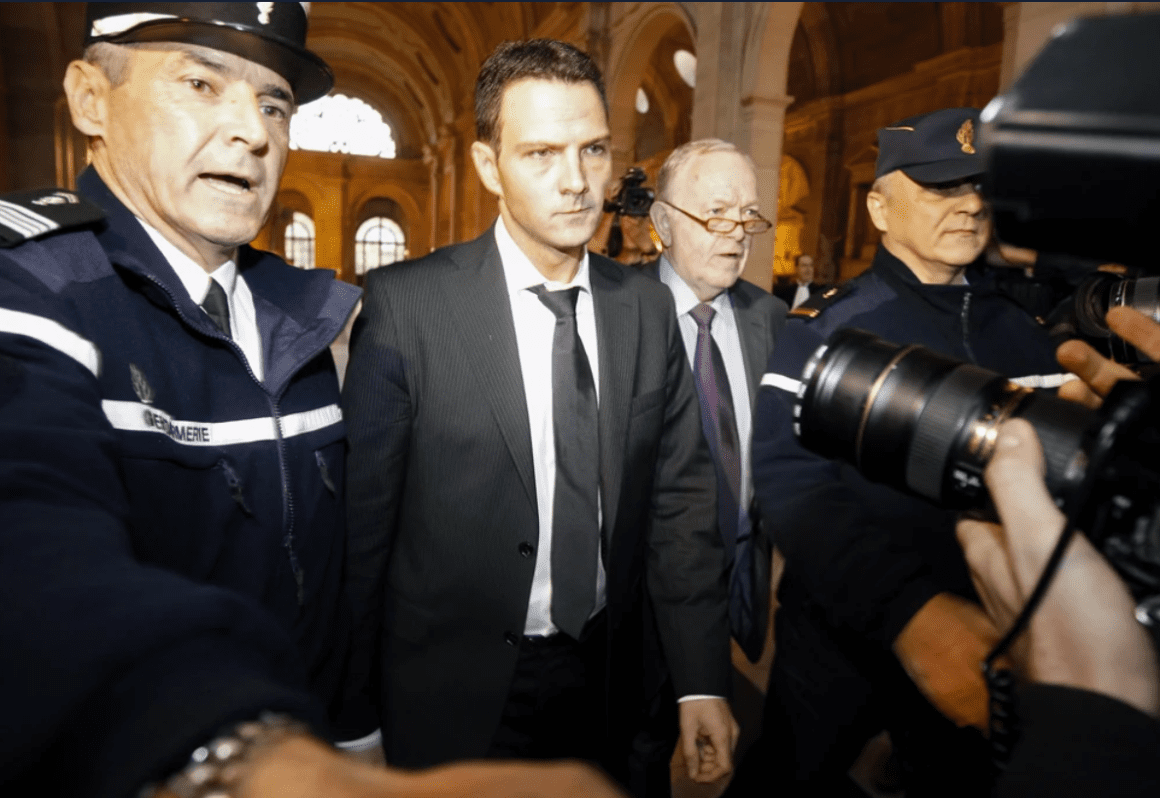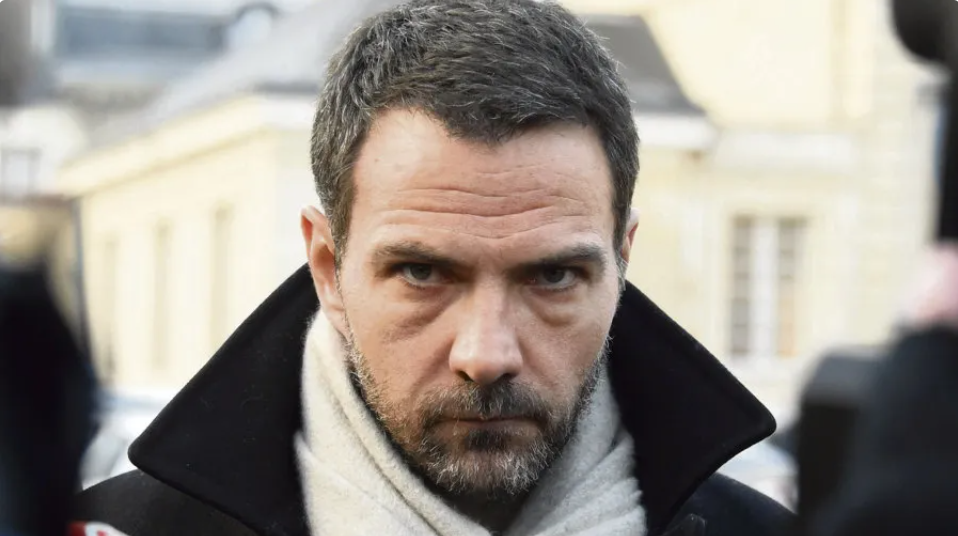In 2008, the financial world was rocked by one of the most jaw-dropping stories of fraud and ambition: the tale of Jérôme Kerviel, a junior trader at Société Générale, who orchestrated one of the largest trading losses in history. With €4.9 billion (around $7 billion), Kerviel didn’t just shake a bank – he created a ripple effect that sent shockwaves across the global financial system. But how did a relatively unknown figure become the epicenter of such chaos? How did his ambition and deception nearly take down an entire banking giant? This is the story of how a trader lost $7 billions in 2008.
From Ambition to Deception: The Early Days
Kerviel’s story didn’t begin with scandal. Born in 1977 in a modest family near Paris, he was driven by a desire to succeed. After studying finance, he joined Société Générale as a junior trader in 2000. Like many young traders, Kerviel started with a small role on the arbitrage desk, a department responsible for profiting from price differences between related financial products.
But as is often the case in high-risk financial environments, ambition can become a double-edged sword. Kerviel wasn’t content with just small gains. He wanted more. In the cutthroat world of finance, where traders are constantly under pressure to deliver results, it didn’t take long for Kerviel to realize that the system wasn’t watching him closely enough.
The Fake Trades: Skimming Millions
It all started with small, seemingly innocent mistakes. Kerviel began creating fake trades, entering data into the system for transactions that didn’t actually happen. He told himself it was harmless – a way to offset the risk of other trades. But this was the beginning of a dangerous game. These phony trades covered up massive, high-stakes positions in the market.
As Kerviel continued to profit from these unauthorized bets, his ambition grew. He wasn’t just making small profits anymore; he was now betting billions, positioning himself with massive market exposure. The risk? Enormous. The reward? Potentially even greater.
But there was a catch. Kerviel knew that his scheme could only work as long as no one noticed. His fake trades were cleverly designed to hide the risk – making it seem like he was hedging his bets. It was a perfect disguise, and it worked… for a while.
The Escalation: Betting It All
What started as small, calculated risks escalated quickly. By 2007, Kerviel had built up positions worth a staggering €50 billion—more than the entire market capitalization of Société Générale (!). And yet, for months, his fraudulent activities went unnoticed. Why? Believe it or not but the internal controls at Société Générale weren’t designed to catch this kind of manipulation. Kerviel had exploited a flaw in the system that allowed him to operate under the radar.
As his positions grew, so did the pressure. Kerviel didn’t just want to make small profits; he wanted to create a legacy. But in the world of high finance, the stakes are always higher than they seem. A slip-up, a miscalculation, and it all comes crashing down. This is what happened in 2008.
The Moment of Truth: A €4.9 Billion Disaster
The markets crashed in January 2008—and with them, Kerviel’s positions of course. The sheer size of his bets became impossible to ignore. It was no longer about tiny fractions of a cent or covering small trades. Kerviel’s massive positions had to be unwound in a market that was already in turmoil (remember the financial crise of 2008?).
What followed was a chaotic scramble. Société Générale’s executives were left scrambling to understand what had happened. The result? A €4.9 billion loss ($7 billions at the time)—the largest trading loss in history at the time.
For Kerviel, it was the moment his deception unravelled. He was arrested and charged with breach of trust, forgery, and unauthorized use of the bank’s computers. His once-promising career came to a crashing halt.

The Trial: A Sympathetic Fraudster?
Kerviel’s trial was nothing short of a media spectacle. In court, he defended his actions by claiming he had simply been trying to prove himself. The culture at Société Générale, he argued, demanded huge profits at any cost, and he had simply fallen prey to that pressure. His defense painted him not as a greedy fraudster, but as a victim of the banking system’s high-risk culture.
Despite Kerviel’s claims, the court found him guilty and sentenced him to five years in prison, two of which were suspended. But perhaps the most startling aspect of his sentencing was the order to repay the €4.9 billion (lol). While that figure was largely symbolic – there was no way Kerviel could ever repay that amount – it marked the final blow in a career that had begun with nothing but ambition and a desire to succeed.
The Aftermath: Lessons for the Financial World
Jérôme Kerviel’s story isn’t just one of personal greed; it’s a tale of how a single individual can manipulate a system that was supposed to be foolproof. Kerviel’s actions exposed a dangerous flaw in financial systems, one that allowed a junior trader to build up positions worth billions of euros without anyone noticing.
But Kerviel’s story didn’t just end with his conviction. It prompted a massive overhaul of risk management practices at financial institutions around the world. The scandal raised important questions about internal controls, auditing processes, and the culture of excessive risk-taking that often pervades the banking world.
Since the Kerviel debacle, financial firms have become more scrutinizing of their employees’ actions, and there has been a significant push toward transparency and accountability in financial transactions. But, as with many stories of fraud, the questions remain: Could this happen again? And if so, how long until the next rogue trader slips through the cracks?
Conclusion: The Price of Ambition
Jérôme Kerviel’s rise and fall is a story of ambition, deception, and a high-risk gamble gone wrong. It’s a reminder that in the world of high finance, where billions are made and lost in seconds, oversight and transparency are essential to ensure the system doesn’t collapse under its own weight.
But for Kerviel, the journey is far from over. Since his conviction, he has written books, given interviews, and even attempted to clear his name. To some, he remains a symbol of the pressures of modern banking, while to others, he’s simply a fraudster who nearly brought down an entire bank.
No matter which side of the debate you land on, one thing is certain: the story of Jérôme Kerviel will continue to be studied, discussed, and remembered as a legend of financial audacity. And the financial world? It will never look at rogue traders the same way again.

This was How a trader lost $7 billions in 2008. Did you like it? Tell us!



